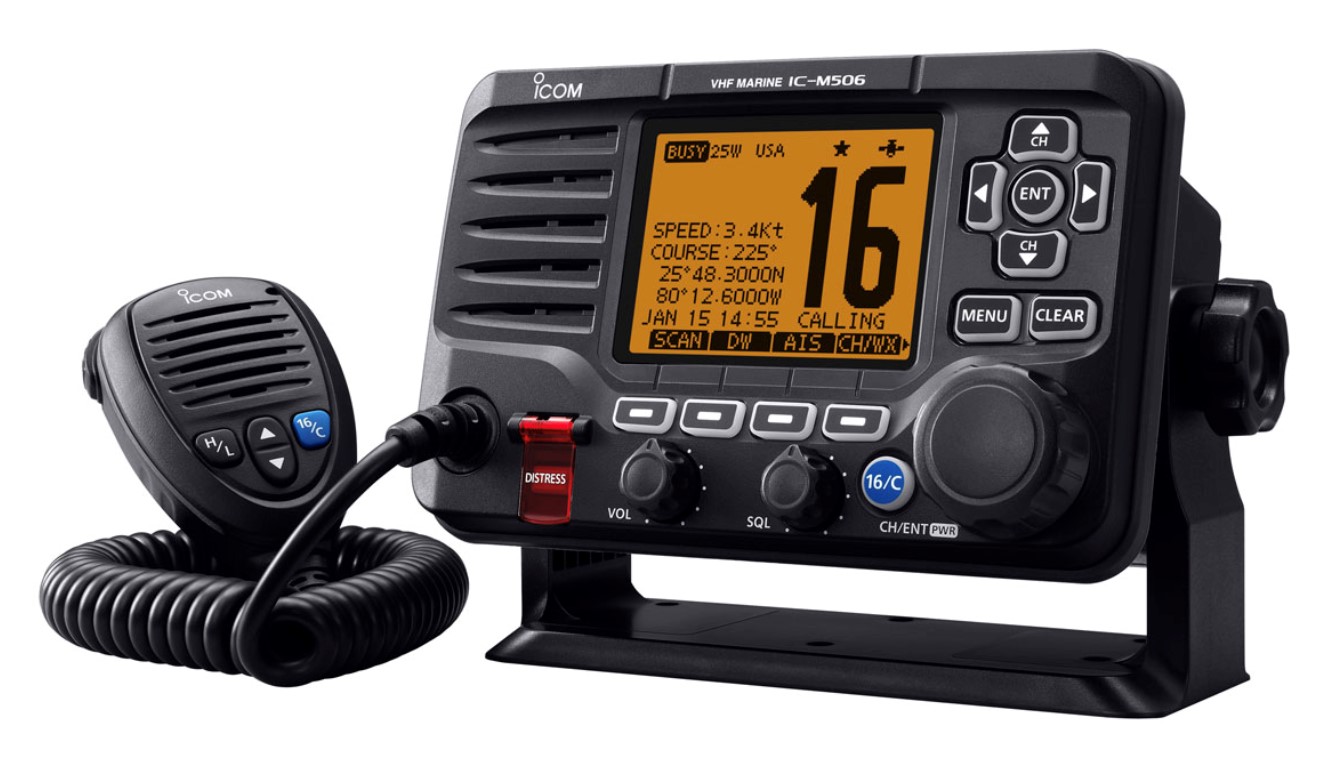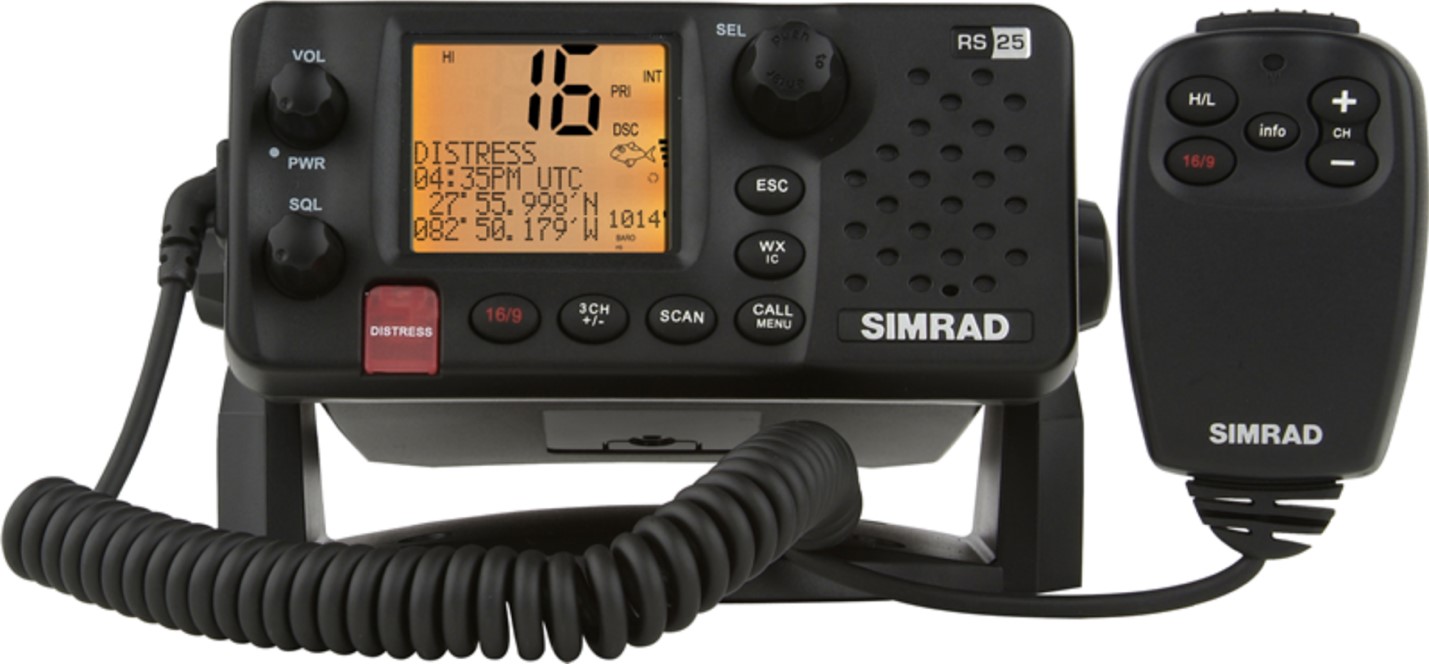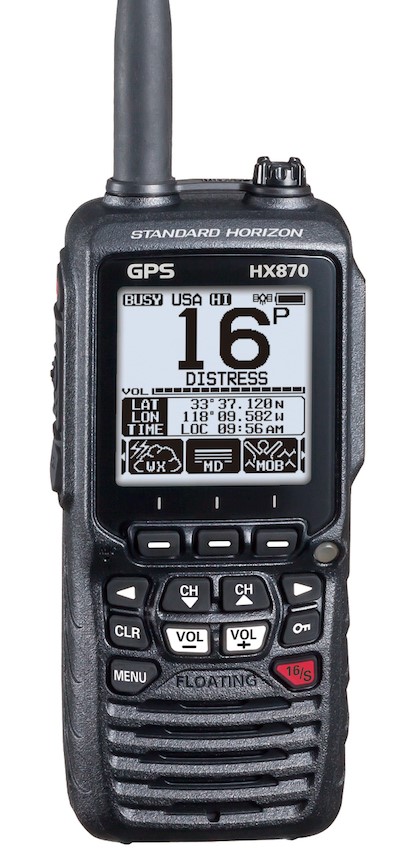How Does that Red “Distress” Button Work on My VHF?

provided it’s set up to work.
Every now and then, a BoatTEST.com reader asks a question to which every boater needs to know the answer – it could be life or death. One reader wrote to us asking “How Does that Red 'Distress' Button Work on My VHF?” The answer, sadly, is that if a boater doesn’t know for sure it’s set up to work, then it probably won’t.
If you have a radio with that red “distress” button behind the spring-loaded door, that’s good; it means your radio is relatively new, and has the capability for this powerful Digital Selective Calling function. Digital Selective Calling uses a signal with a narrow bandwidth, which gives it longer range than analog signals. When you push that red distress button, the radio sends an automated alert out over the DSC system, telling the U.S. Coast Guard and any boat or ship with a DSC VHF within range that you’re in distress, identifying your vessel and giving your position.

Here's the part where the boater comes in. In order for this system to work, the boat owner needs a Maritime Mobile Service Identity number (MMSI), which can be acquired from the FCC. Through the application for an MMSI, this 9-digit number carries all information about the boat on file, and it must be programmed into the VHF according to manufacturer instructions.
While a boater is looking at those manufacturer instructions, it’s important to note the status of the GPS connection. A VHF may have a built-in GPS receiver these days, and many units from Standard Horizon, ICOM, and others are available with that feature, right down to a GPS antenna in the unit. Still others need to be connected to a chartplotter or multifunction display with GPS, either directly or through an NMEA 0183 or NMEA 2000 network backbone. Follow the instructions for both the VHF and the chartplotter for best results.

The same goes for AIS, a powerful, feature-laden system devised to prevent collisions in military and commercial shipping, but is making inroads into cruisers who share those waters. The MMSI number and GPS connection are necessary to make that system work as well. AIS is a great way to prevent collisions and keep in touch with fellow mariners in proximity.
If you have a question about anything to do with boating. Ask a Question…